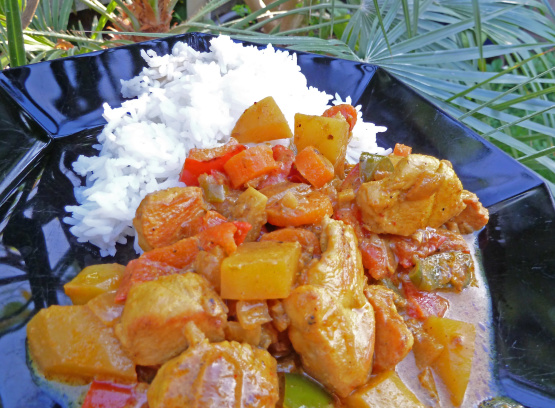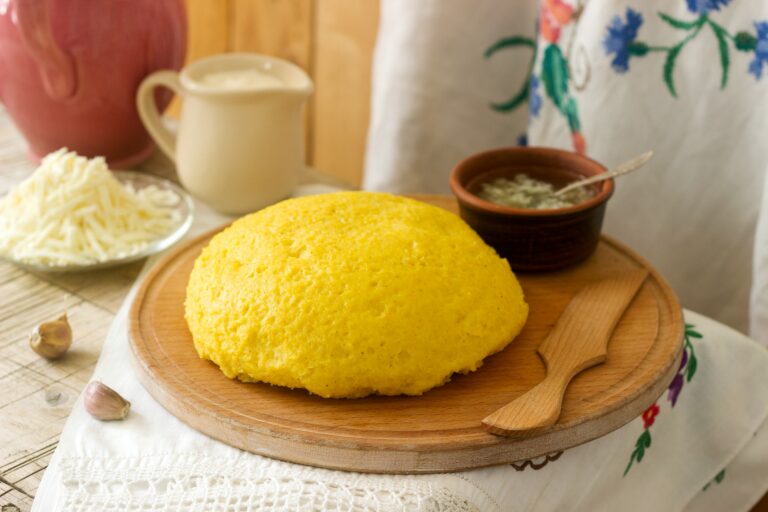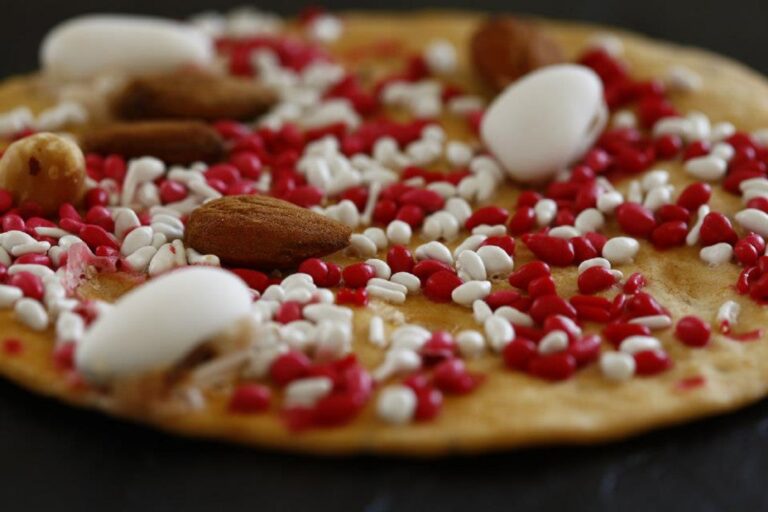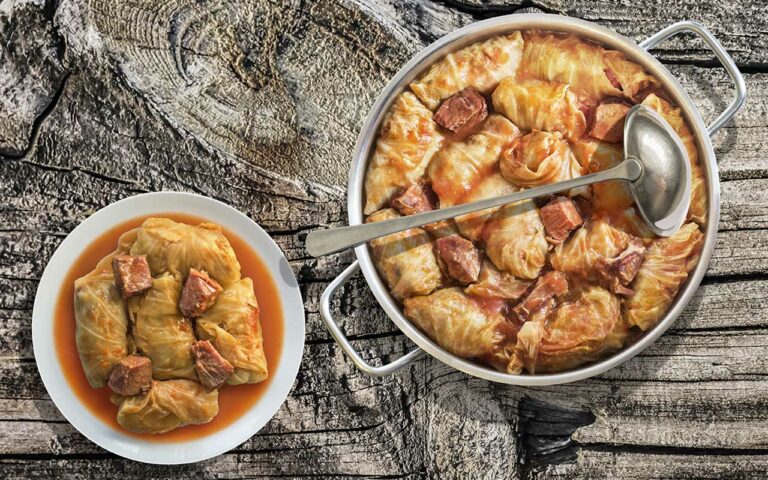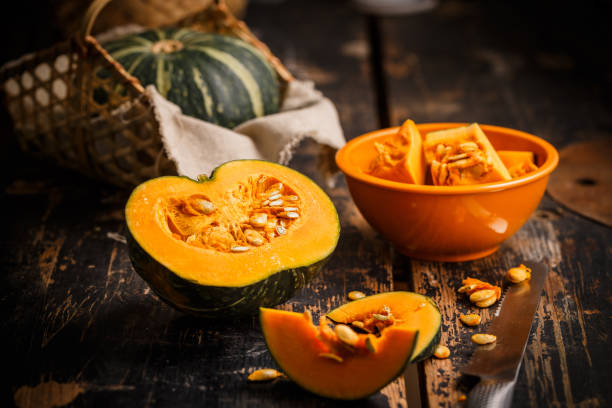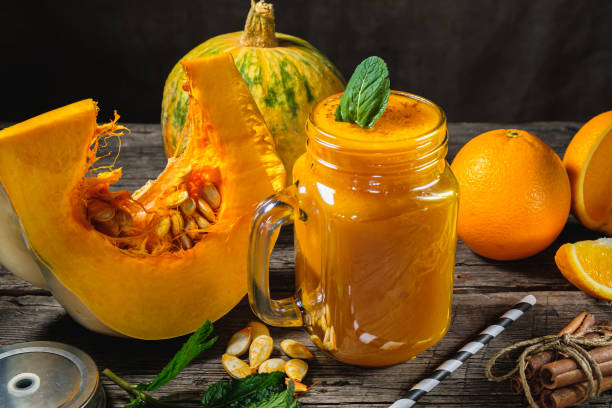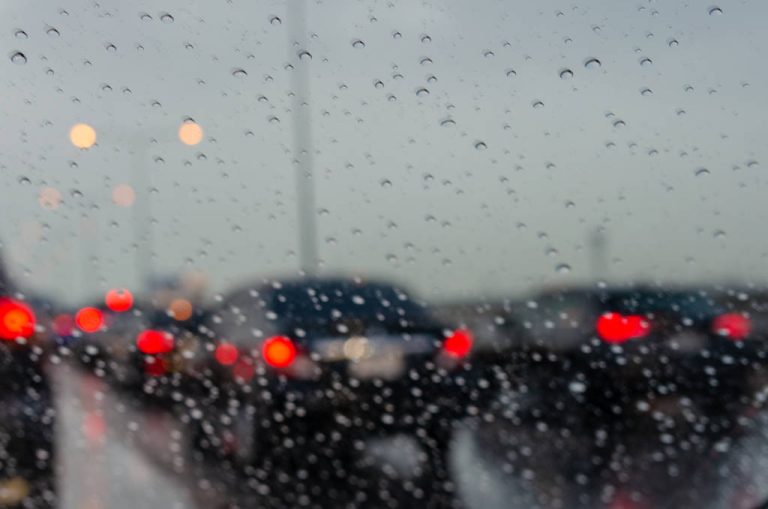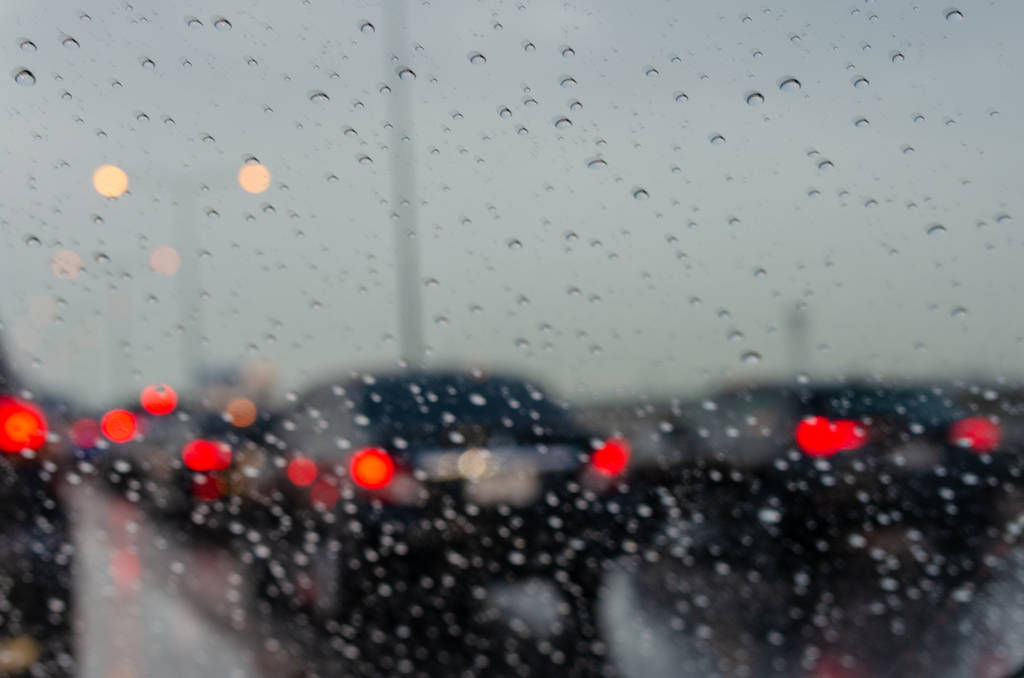Introduction: Exploring Micronesian Cuisine
Micronesia is a scattered group of islands located in the western Pacific Ocean. It is composed of four states: Yap, Chuuk, Pohnpei, and Kosrae. Each state has its unique culture, language, and cuisine. Micronesian cuisine is a fusion of different cultures, including Spanish, Japanese, and American. It is known for its seafood dishes, tropical fruits, and coconut-based desserts.
The Health Benefits of Micronesian Cuisine
Micronesian cuisine is rich in fresh seafood, fruits, and vegetables, which are excellent sources of vitamins, minerals, and antioxidants. Studies have shown that consuming a diet rich in seafood can lower the risk of cardiovascular diseases and improve brain health. Additionally, coconut milk and oil, which are commonly used in Micronesian cuisine, have been found to have antibacterial and antiviral properties, boost the immune system, and improve digestion.
Traditional Ingredients and Their Nutritional Value
Traditional Micronesian dishes are mostly made up of fish, taro, breadfruit, cassava, and coconut. These ingredients are rich in nutrients such as fiber, potassium, vitamins C and E, and folate. Fish, in particular, is an excellent source of high-quality protein and omega-3 fatty acids that are essential for heart health and brain function.
Potential Health Risks of Certain Micronesian Dishes
Some Micronesian dishes may pose potential health risks for certain individuals. For instance, the consumption of raw or undercooked seafood can lead to foodborne illnesses such as hepatitis A and E, norovirus, and Vibrio infections. Additionally, the high sodium content in some Micronesian dishes may increase the risk of hypertension and other related diseases.
Recommendations for Safe Consumption of Micronesian Food
To reduce the risk of foodborne illnesses, it is recommended to consume only fully cooked seafood. Additionally, it is important to follow proper food handling and storage practices, such as washing hands and utensils thoroughly before preparing and cooking food. As for the high sodium content in some Micronesian dishes, it is advisable to limit the intake of salty foods and to opt for fresh or steamed dishes instead of fried ones.
Conclusion: Finding Balance with Micronesian Cuisine
In conclusion, Micronesian cuisine is a rich and flavorful fusion of different cultures and traditions. While it offers numerous health benefits, it is essential to keep in mind the potential health risks associated with certain dishes. By following proper food handling and preparation practices and making informed choices, we can enjoy the delicious and nutritious flavors of Micronesian cuisine while maintaining a healthy and balanced diet.

